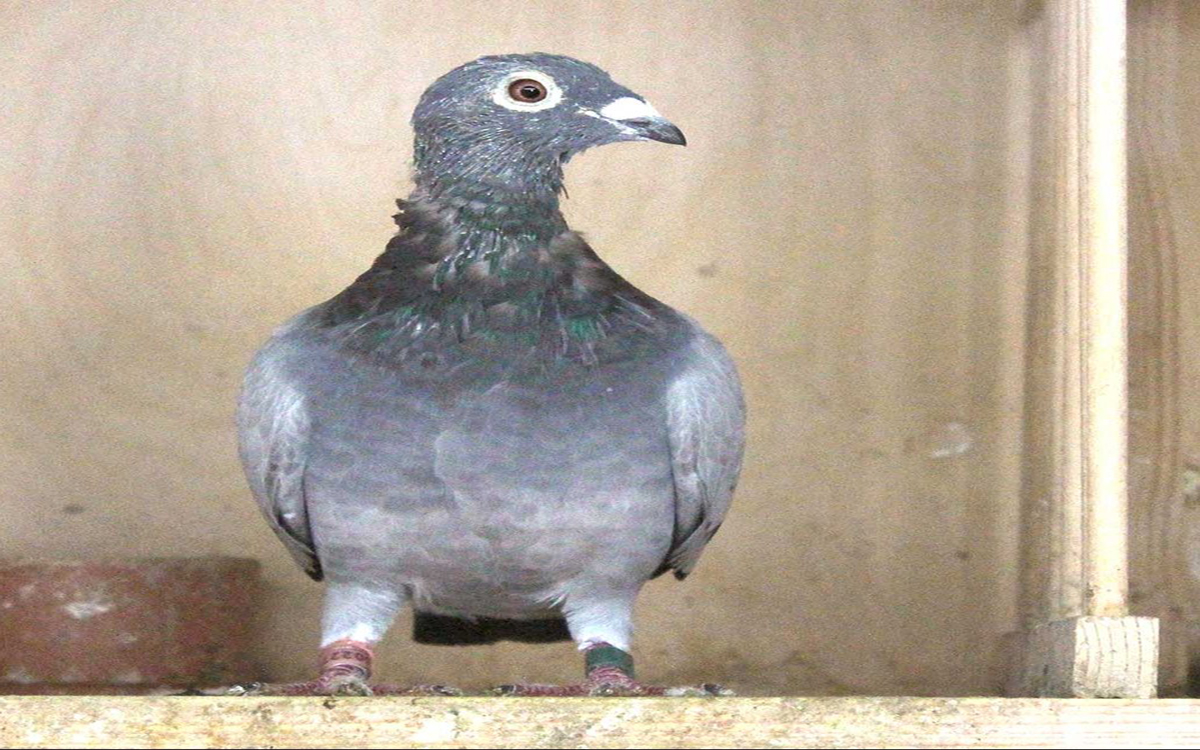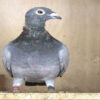
Uneven Molting in Racing Pigeons: Causes, Solutions, and Long-Term Health Strategies
Molting is a natural process in every bird’s life, including racing pigeons. However, when molting becomes uneven or delayed, it can significantly affect a pigeon’s performance, health, and overall appearance. If you’re a racing pigeon enthusiast or breeder, understanding the causes of uneven molting and how to support your birds through it is crucial.
In this post, we’ll break down everything you need to know about uneven molting in racing pigeons: what causes it, how it impacts your flock, and most importantly, what you can do to prevent it.
What Is Uneven Molting in Pigeons?
Molting refers to the shedding and regrowth of feathers. In healthy birds, this process occurs in a symmetrical, organized way. Uneven molting happens when feathers fall out and regrow at irregular intervals, leading to patchy feathering, gaps in the wing shield, and reduced insulation.
For racing pigeons, this can mean the difference between winning and lagging behind. Smooth, healthy feathers ensure aerodynamic efficiency, proper body temperature regulation, and protection from the elements. Any disruption to the molting cycle can lead to:
- Poor flight performance
- Decreased stamina and speed
- Increased susceptibility to cold and illness
- Lack of visual appeal in show pigeons
Common Causes of Uneven Molting in Racing Pigeons
1. Nutritional Deficiencies
The most common trigger for uneven molting is a lack of essential vitamins, minerals, and amino acids.
- B-complex vitamins are vital for feather development and nerve health.
- Protein is the building block of feathers, and inadequate levels delay molting.
- Minerals like zinc, copper, and iron support healthy skin and feather follicles.
2. Stress and Environmental Factors
Stress is a major disruptor of hormonal balance and can throw off the molting cycle.
- Changes in loft temperature or humidity
- Overcrowding in the loft
- Excessive training during molt
- Predator presence or loud noises
3. Parasites and Infections
Feather mites, lice, and skin infections can irritate feather follicles and lead to irregular molting patterns.
4. Hormonal Imbalance or Disease
Pigeons experiencing underlying health issues or hormonal imbalances may fail to molt correctly. It’s crucial to rule out conditions like liver dysfunction or thyroid problems.
How to Prevent and Manage Uneven Molting
1. Feed a Balanced Molting Diet
Switch to a high-quality molting mix during the molting period. Look for one enriched with:
- High protein content (16-18%) to support feather regrowth
- Omega-3 and Omega-6 fatty acids for skin and feather health
- Added vitamins and trace minerals
Consider using PHP Breeding & Molting Boost, which provides a full spectrum of nutrients tailored for this critical period.
2. Supplement with B-Complex Vitamins
Vitamin B deficiencies are a leading cause of feather growth problems. A water-soluble B-complex supplement added to drinking water can:
- Accelerate feather regrowth
- Strengthen the immune system
- Reduce molting-related stress
Products like Jaap Koehoorn B Complex are formulated specifically for racing pigeons.
3. Minimize Stress During Molt
To support a smooth molting cycle, keep stress levels low:
- Avoid unnecessary handling or racing during the molt
- Maintain a consistent loft environment with minimal temperature fluctuations
- Provide a quiet and calm loft atmosphere
4. Regular Health Checks and Parasite Control
Schedule regular health check-ups with an avian vet and implement parasite prevention protocols:
- Use pigeon-safe mite and lice treatments
- Keep the loft clean and dry
- Disinfect perches and nest boxes frequently
5. Consistent Lighting
Molting is influenced by photoperiod (daylight exposure). Sudden shifts in lighting can delay or interrupt the molt. Use natural or controlled lighting that gradually changes with the season.
Signs Your Pigeon Is Experiencing Uneven Molting
Keep an eye out for the following symptoms:
- Bald patches or missing feathers
- New feathers growing out of sequence
- Dull or brittle feathers
- Irritated skin or constant scratching
- Behavioral changes like fatigue or disinterest in flying
If you notice these signs, take action immediately to restore balance and health.
Why Proper Molting Matters for Race Performance
During molt, your pigeon is preparing the very tools it needs to race successfully: its feathers. When feathers are uneven, broken, or improperly formed, your bird will:
- Tire more easily in flight
- Lose aerodynamics and stability
- Face increased risk of illness from poor insulation
Proper molting sets the foundation for the next racing season. Ensuring a healthy, complete molt now means better results later.
Final Tips for Supporting Your Birds Through the Molt
- Plan the racing and molting calendar well in advance
- Use molting-specific feed and vitamin blends
- Reduce training intensity during molt
- Observe birds daily for signs of feather or health issues
- Practice excellent loft hygiene and parasite prevention
Conclusion
Uneven molting is more than just a cosmetic issue—it can affect your pigeon’s entire racing future. But with the right feeding strategies, environmental management, and consistent care, you can help your birds molt evenly and grow stronger, more beautiful feathers.
A successful molt means stronger, faster, and healthier pigeons. Invest the time and resources during this crucial stage to see long-term rewards in the loft and in the races.
If you want your pigeons to race at their best, make molting care a priority.
Need the right supplements for molting season? Explore our trusted collection including PHP Breeding Boost, Jaap Koehoorn B-Complex, and high-quality molting feeds designed to help your flock thrive year-round.
“Until Next time Keep Them Healthy And Flying”


